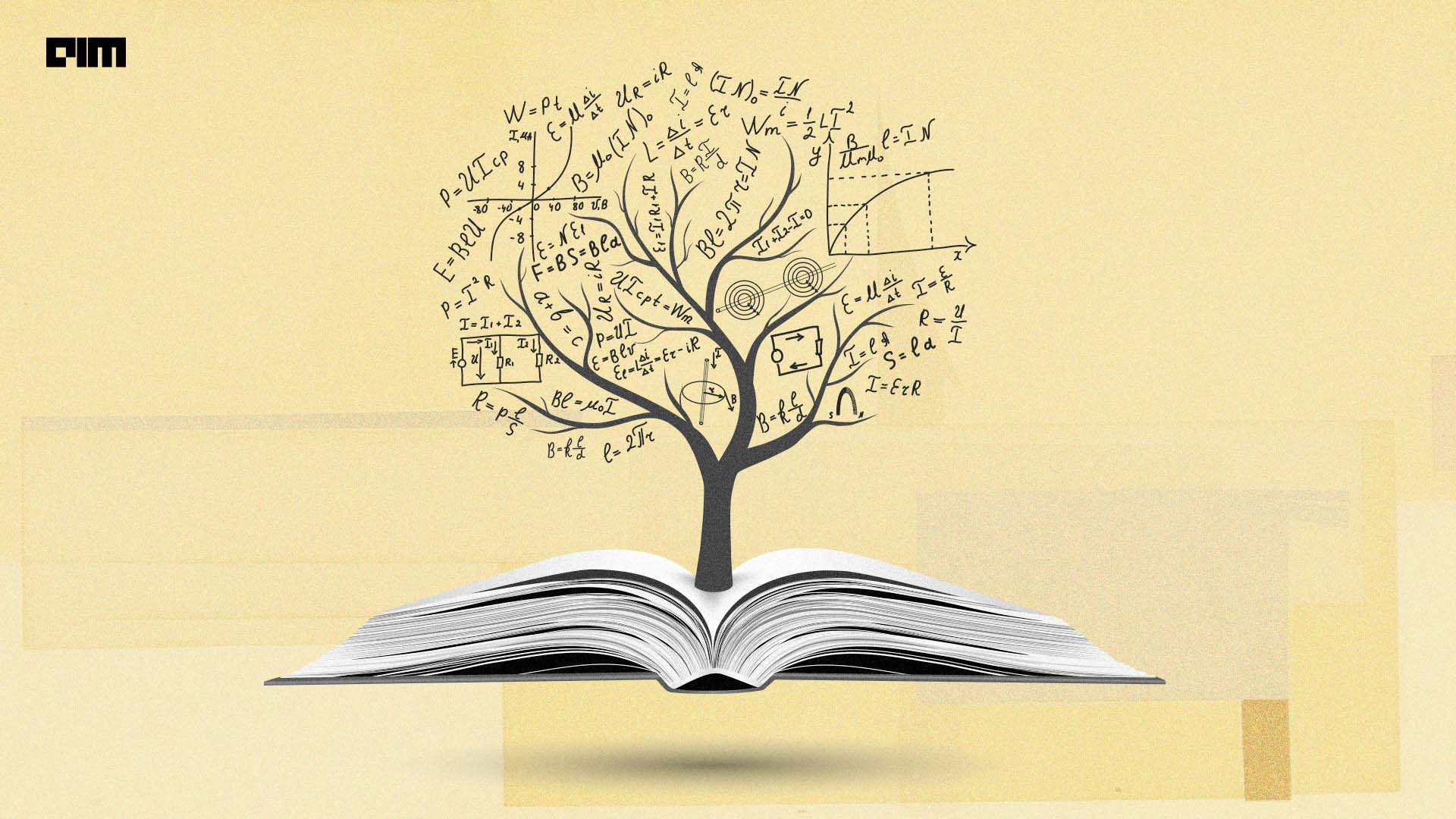A team from the International Institute of Information Technology, Hyderabad (IIIT-H) has launched Patram-7B-Instruct, India’s first vision-language foundational model developed for document understanding.
Patram is part of the BharatGen suite of multimodal large language models being created with funding from DST. Jitendra Singh, minister of state for science and technology, unveiled the model on June 2 at the BharatGen National Summit in New Delhi.
Patram is a 7-billion parameter model trained to process and understand scanned and photographed documents. It responds to natural-language instructions and is now available open-source on Hugging Face and IndiaAI’s AIKosh platform.
Despite its smaller size, Patram has demonstrated competitive performance against larger international models such as DeepSeek-VL-2 on benchmarks like DocVQA and VisualMRC. It also performed well on Patram-Bench, a custom evaluation set reflecting Indian document scenarios.
“Patram marks a significant step as India designs state-of-the-art foundational models,” said Prof. P. J. Narayanan, Director, IIIT Hyderabad. “With this launch, we integrate language available in all forms: as text, as speech, and as images.”
A team of alumni and student interns at IIIT-Hyderabad built the model in five months, with support from IIIT-H and TiH-IoT, IIT Bombay.
“With Patram, we’ve built a model that understands the unique structure and diversity of Indian documents,” said Dr. Ravi Kiran Sarvadevabhatla, associate professor and lead researcher at IIIT-Hyderabad. “This is just the beginning of what India can achieve in vision-language AI.”
Alongside Patram, the team also launched DocBodh, a generative AI suite for Indic document intelligence, targeting applications in governance, education, law, and business. The project is part of India’s broader effort to build open and indigenous AI infrastructure under national initiatives such as Digital India and Atmanirbhar Bharat.

